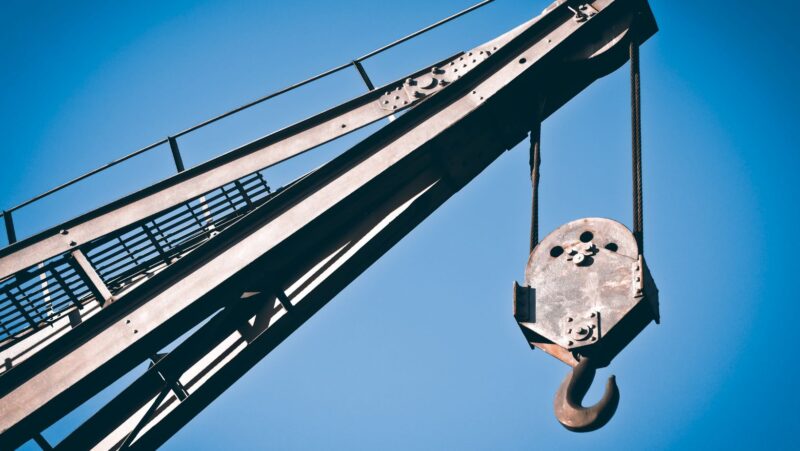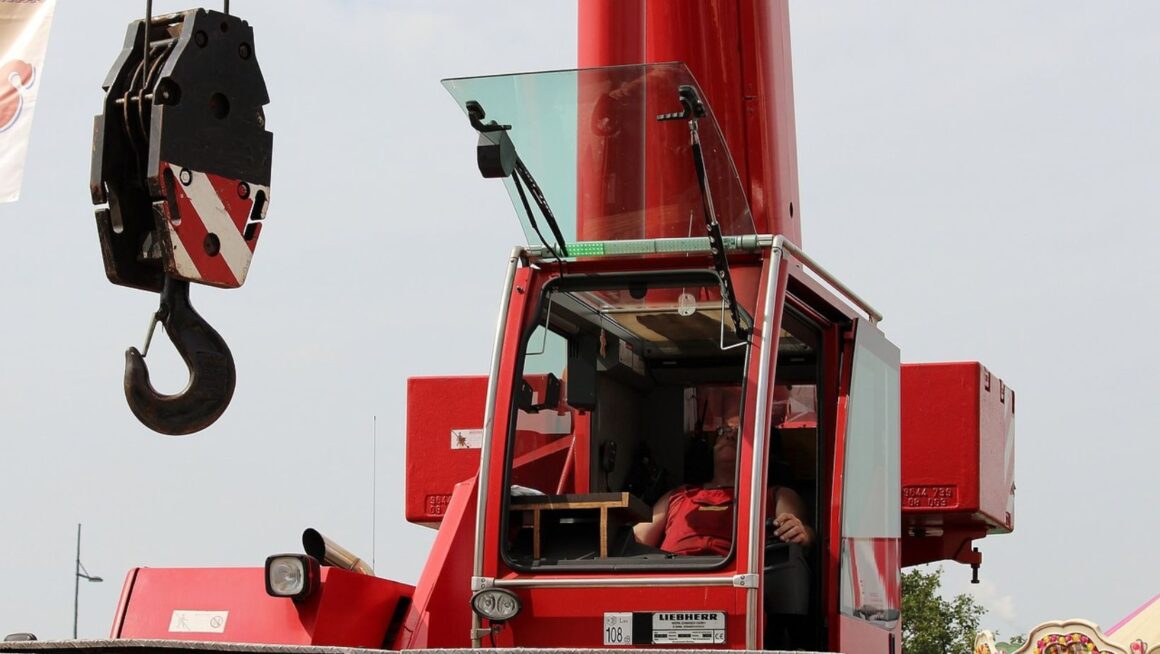Accurate load measurement is essential in various industries, from construction to shipping and logistics. Whether you’re dealing with heavy machinery or fragile goods, knowing the weight of each load helps maintain safety standards, optimize operations, and ensure compliance with regulations. Precise load measurement requires the right tools and techniques, especially when handling large or irregular items. Here’s a detailed guide on how to measure loads accurately every time.
Table of Contents
ToggleChoose the Right Weighing Equipment
Selecting the right equipment for measuring loads is the first and most crucial step in ensuring accuracy. Different tools are suited for various loads, depending on their size, shape, and weight. For overhead lifting or handling bulky objects, crane scales are an excellent option. They are designed to measure heavy loads during lifting operations, ensuring that the weight is recorded precisely. These scales can handle massive weights and are commonly used in the construction, shipping, and manufacturing industries. By choosing the correct scale for your application, you can ensure that your load measurements are accurate and reliable.
Calibrate Your Equipment Regularly
Even the most advanced weighing equipment can only become accurate if adequately maintained. Regular calibration is essential to keep your equipment functioning at its best. Calibration ensures that the scale provides the most accurate readings by adjusting it based on known weights. It’s essential to follow the manufacturer’s guidelines for calibration frequency, as it can vary depending on the type of equipment and how often it’s used.
Frequent calibration may be required for industries that rely on precision, such as aerospace or pharmaceuticals. Recording all calibration checks can also help track equipment performance over time.
Consider the Load’s Distribution
The load distribution can significantly impact the accuracy of your weight measurement. If the load is evenly distributed, it can prevent accurate readings or damage the weighing equipment. Always ensure the load is evenly placed on the scale to avoid this. In applications where loads are suspended, balancing the load before lifting is essential. Any shifting of the load during weighing can affect the final measurement. Proper rigging techniques and tools will help keep the load steady and ensure precise readings.
Account for Environmental Factors
Environmental factors can affect the accuracy of load measurements. Extreme temperatures can cause equipment to expand or contract, leading to inaccurate readings. In environments with high humidity or moisture, it’s crucial to use equipment resistant to corrosion or other forms of damage. Wind can also affect load measurement, especially when using suspended weighing systems. It’s best to perform measurements in a controlled environment or take multiple readings to ensure accuracy in these situations. Understanding the impact of environmental factors on your equipment will help you avoid measurement errors.
Use a Tare Function for Net Weight
Many weighing systems come equipped with a tare function, which allows you to subtract the weight of containers or packaging from the total weight. This is particularly useful when you need to measure the actual load’s net weight rather than the load’s combined weight and its container. To use the tare function accurately, first weigh the container or empty platform and record its weight. Then, reset the scale to zero, and place the load on the scale to measure only the load itself.

This method is ideal for shipping, logistics, and manufacturing applications, where precise net weights are needed for billing or inventory purposes.
Take Multiple Measurements for Accuracy
To ensure accuracy, taking multiple measurements for larger or more complex loads is a good idea. Different angles, positions, or setups can sometimes yield different readings, significantly if the load is irregularly shaped or difficult to balance. By taking more than one measurement, you can compare the results and confirm that your readings are consistent. In cases where the readings differ significantly, you may need to inspect the load or equipment for accuracy issues. This method also helps to account for any variables or environmental factors that may influence the measurement.
Finally, the accuracy of load measurements depends heavily on the skill and knowledge of the team operating the weighing equipment. Even the best equipment can provide inaccurate results if misused. Training your team on how to use the equipment, correctly secure loads, and understand environmental influences is essential for accurate load measurements. Establish protocols for regular equipment maintenance, calibration, and data recording. By prioritizing accurate load measurement within your team, you’ll reduce the risk of costly errors and improve overall efficiency in your operations.
Accurate load measurement is critical for ensuring safety, efficiency, and compliance in many industries. You can consistently achieve precise load measurements by choosing the right equipment, regularly calibrating your tools, and training your team on best practices. Taking the time to address environmental factors, load distribution, and multiple readings will help you maintain accuracy in every operation.



